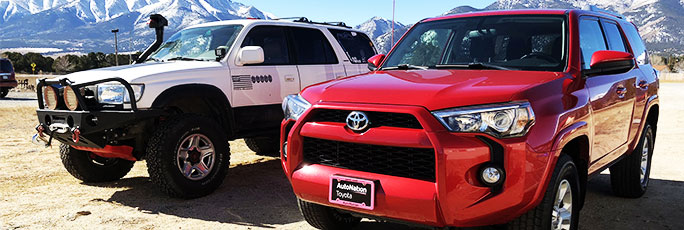-
Welcome to 4Runners.com!
You are currently viewing as a guest! To get full-access, you need to register for a FREE account.
As a registered member, you’ll be able to:- Participate in all 4Runner discussion topics
- Transfer over your build thread from a different forum to this one
- Communicate privately with other 4Runner owners from around the world
- Post your own photos in our Members Gallery
- Access all special features of the site
No/Slow Startup After Catalytic Converter Install
Discussion in '1st Gen 4Runners (1984-1989)' started by BigRed6767, Jan 5, 2021.





